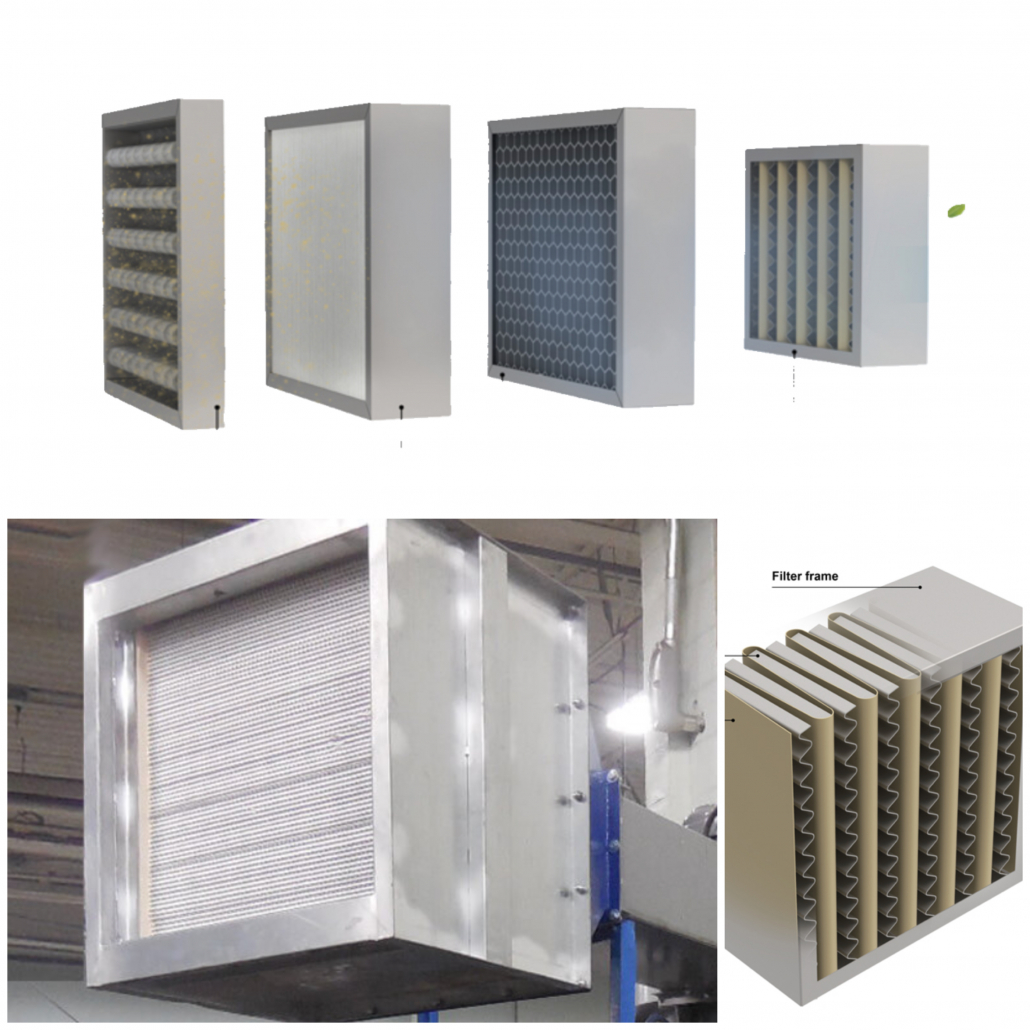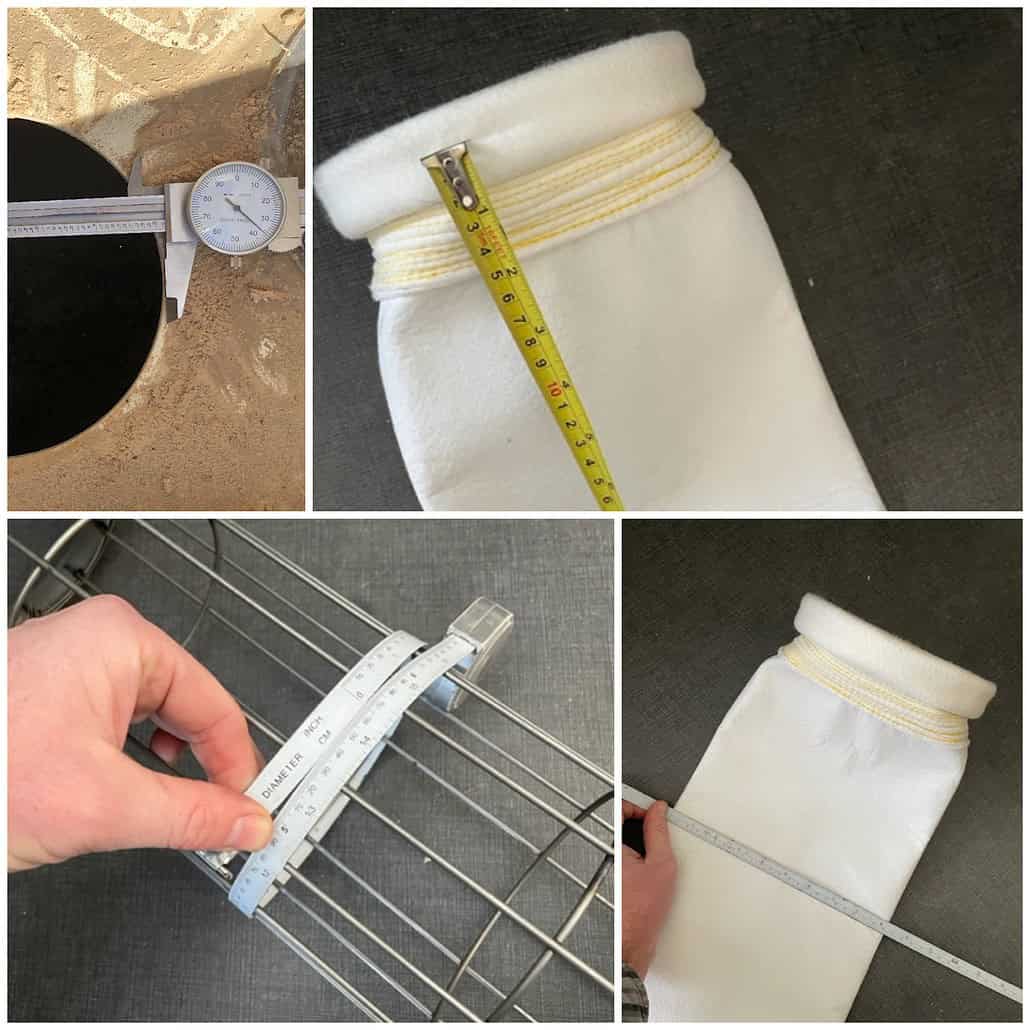Dominick DalSanto
Environmental & Dust Collection Technologies Expert & Author
Baghouse.com
On February 7th 2009 an explosion at the Imperial Sugar Refinery in Port Wentworth, Georgia kill 14 workers, injured dozens more, and resulted in millions of dollars worth of damages. What was the source of this horrifically powerful industrial explosion that took over a dozen lives and completely destroyed an entire factory? Was it some exotic chemical substance that was being used as part of some industrial process?
This devastating explosion was fueled by nothing other than a simple accumulation of otherwise harmless sugar dust.
In an industrial setting otherwise benign substances such as flour, corn, sugar, metals, or wood, can accumulate. When exposed to an ignition source these can lead to immensely powerful explosions.
Bowing to concerns over a lack of standardize federal safety regulations in this area, members of the U.S. Congress have recently taken steps to combat this danger.
Congress Attempts to Force OSHA’s Hand in Setting Combustible Dust Standards

U.S. Congress is looking to pass legislation to force OSHA to set a comprehensive combustible dust standards and safety regulations
U.S. Congress is looking to pass legislation to force OSHA to set a comprehensive combustible dust standards and safety regulations “]
With such a large amount of deaths, injuries, and property damage being caused each year by combustible dust related fires and explosions, lawmakers are looking to draft legislation to provide safety standards for operations where the danger of combustible dusts exists
Recently three members of the U.S. Congress, Rep. George Miller (D-CA), Rep. John Barrow (D-GA), and Rep. Lynn Woolsey (D-CA), reintroduced legislation concerning combustible industrial dusts. The Worker Protection Against Combustible Dust Explosions and Fires Act, would force OSHA (Occupational Safety and Health Administration) to set definitive standard
s regarding hazardous levels of combustible dust like coal, sugar, or metals dust in industry. This will accelerate efforts that are already in motion by OSHA. However the forthcoming OSHA standards are expected to take at least 4 years before codification and total implementation takes place.
Rep. Miller, who is a leading member of the House Committee on Education and the Workforce, commented that although he commends OSHA for beginning to take the initial steps to address this hazard, he feels that because of bureaucratic “red tape”, workers that are exposed to these hazards will not be fully protected for years. “While some industries have taken steps to address these hazards, workers are still being killed and injured from preventable combustible dust explosions. Regulatory delays should never be an excuse not to protect workers from a preventable tragedy” stated Miller.
CSB Makes Recommendations, But Finds no Comprehensive OSHA Standards for Combustible Dust
The governmental agency charged with investigating industrial incidents of this kind is the Chemical Safety Board. The CSB while charged with investigating industrial incidents, does not have the authority to issue regulations. Instead the agency merely issues reports details the causes of any particular incident, and then makes recommendations on how to avoid having a repeat incident.
Following a series of dust explosions, in 2006 the CSB undertook a thorough study of combustible dust hazards in industry. The CSB found that despite being a well-known industry hazard, there was no comprehensive set OSHA standards covering combustible dust hazards. In view of the immense danger to live and property that combustible dust hazards pose, the CSB recommended that OSHA begin work immediately to issue a comprehensive set of standards in this area.
In an industrial setting, dust can accumulate on areas such as floors near dust sources, and elevated spaces such as ceiling rafters/trusses, on the tops of machinery and shelving. Even accumulations of less than one inch can pose a great danger. Often times an initial explosion or fire can take place which is quite small and localized, such as within a dust collector or related ductwork. However the resulting shockwave, even though it might be relatively small can then disperse or aerosolize larger deposits of accumulated dust which then will fuel a much larger secondary explosion, which can then propagate throughout the entire facility, causing massive destruction of property, and loss of life.
Between 1980 and 2005 combustible dust explosions killed at least 119 people, injured 718 and resulted in millions of dollars in damage in the U.S. alone. In the UK government statistics show that on average one death per week is caused by combustible dust explosions.
Dust Combustible Dust Safety Standards, Why So long in the Making?
With decades of documented cases of violent conflagrations caused by accumulation of combustible dusts, many are asking ask why has OSHA been so slow in issuing safety standards? No doubt a mixture of bureaucratic red tape, preoccupation with other so called “more pressing matters” and a general sense of complacency have all contributed.
However those affected by these terrible accidents want to see that others are not at risk to suffer the same way they have. “We know that standards OSHA has established in other areas have saved thousands of lives,” says Woolsey. “Workers need a standard on combustible dust, and they need it now.” Rep. Barrow added “This legislation will finally provide our nation’s factory workers with the protections they deserve.”
It appears now however that due in part increased activism, combustible dust hazards are being brought to the forefront of industrial safety as well as public attention. * See CBS 60 Minutes Highlights The Dangers of Dust Explosions
Now with new legislation being put forth, and at least partial self-regulating on the part of industry, it seems that progress is being made to give the needed attention to this serious industrial hazard.
What Can Be Done Now to Avoid Dust Explosions?
Explosions caused by combustible dust, are most often the result of neglecting to recognizing the dangers involved with combustible dust. Being aware of the danger accumulated dust poses is the first step in preventing a violent conflagration from taking place.
In general, there a few keys to safeguarding a plant from these dangers:
Good house-keeping practices throughout the facility – This would including cleaning up any large accumulations of dust, especially accumulations on elevated sites such as ceiling trusses or rafters, on top of storage shelving, and machinery.
Employing a dust collection system – The dust collector or Baghouse, will need to be sufficiently sized to handle the dust loads of the facility. Additionally, the correct type of Baghouse, Baghouse filters, and cleaning mechanism are all vital to ensure adequate collection operation throughout the entire facility. Ductwork design, and installation also play a vital role in ensuring that there are a sufficient amount of collection points throughout the facility in all dust producing areas. Also even the best dust collection system will be worthless if it is operated improperly, or left in a state disrepair due to in adequate maintenance.
Adequate knowledge of dust characteristics – It is vital that each kind of dust present be identified and their individual characteristics be understood. Many companies exist that will perform testing to determine the combustibility and other characteristics of any compound produced at a given site. This information is required to formulate a comprehensive dust control plan for the facility. This information also comes into play when selecting an appropriate dust collector system, filters, and installation and implementation.
Further more extensive information on how to prevent dust explosions can be found here on Baghouse.com in the article: The Potential for Dust Explosions in Dust Collection Systems.
About the Author
| Dominick DalSanto is an Author & Environmental Technologies Expert, specializing in Dust Collection Systems. With nearly a decade of hands-on working experience in the industry, Dominick’s knowledge of the industry goes beyond a mere classroom education. He is currently serving as Online Marketing Director & Content Manager at Baghouse.com. His articles have been published not only on Baghouse.com , but also on other industry related blogs and sites. In his spare time, Dominick writes about travel and life abroad for various travel sites and blogs.






